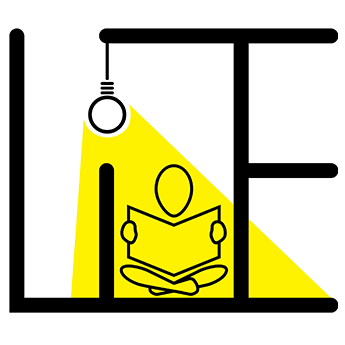Should alphabets be based on the national or state writing system?
When a primarily oral society gets its language in writing for the first time, it is a momentous occasion. It has tears of joy, deep pride, and a sense of immense self-worth among the people. They feel like they have a place on the map. They are recognized and have their place in the world around them.
Our modus operandi is a grassroots approach, whereby mother tongue speakers are trained in various linguistic subjects. And guided through the process of developing their orthography for their people. Although the process is somewhat tedious, within a relatively short space of time. The language community can boast a trial orthography. This accentuates their sense of pride and also ensures that the final product is one that they are happy with and one that they will use. This is essential in the process of standardization of an orthography, particularly in primary oral societies.
National writing system
Newly developed orthographies are usually designed based on the country’s existing national or state writing system in which the language is spoken. Since each language is unique, it is essential that the alphabet accurately represents the sound system of the target language (the language that is getting the new orthography). This can make developing an orthography a tricky and somewhat ‘messy’ process. The state language usually has letters or characters not needed in the target language. It is simply because those sounds do not exist in that language.
Since they do not have that sound, the character or alphabet letter is simply not used – it does not exist in their alphabet. Sometimes the opposite problem arises, where the target language has a sound but there is no letter to represent it in the national alphabet or national writing system. Then we must adapt an existing character to represent that particular sound in the newly developed orthography.
State writing system
It is mostly best practice to stick with the same format of the alphabet used within a region when designing the alphabet for an oral society. The source alphabets that are used in many of the writing systems in Asia are often non-Roman. In other words, they are not the ABC that is commonly used in the West. They are syllabic or based on Sanskrit and other ancient systems. When the same type of alphabet is used, it helps an ethnic group to identify with their nation. It also helps them to ‘bridge’ to reading in the national or state language once they have become literate in their language.
Alternatively, it makes the transition to reading in the mother tongue much easier for existing readers of the national or state language. The national writing system standardizing orthographies is an important consideration, but one that ultimately needs to be made by the people. It is their language, their decision.

